Disclosure: This article contains affiliate links. We may earn a commission from purchases at no extra cost to you, which helps our travel content.
As someone who's spent a decade analyzing crime scenes, I've developed an eye for capturing details others miss. Ironically, it was this same skill that drew me to underwater photography in Raja Ampat—a realm where evidence of nature's magnificence is everywhere, if you know how to document it. This Indonesian archipelago houses the planet's most biodiverse marine ecosystem, with over 1,500 fish species and 75% of the world's known coral species in waters so pristine they redefine the concept of blue.
Essential Underwater Photography Equipment
Let me be direct: your equipment can make or break your Raja Ampat photography experience. After multiple trips documenting these waters, I've refined my gear to a science.
First, invest in a quality underwater housing for your camera. While budget options exist, this isn't where you want to compromise—one leak can destroy thousands in equipment. I use the underwater housing for its reliability and depth rating of 60 meters, which exceeds what you'll need in Raja Ampat but provides peace of mind.
Lighting is critical underwater, where colors disappear with depth. Two underwater strobes positioned at 10 and 2 o'clock relative to your camera will reveal the true vibrancy of Raja Ampat's marine life. The difference between natural light and properly lit underwater photographs is stark—like comparing a crime scene before and after forensic lighting.
For macro photography of Raja Ampat's small wonders (pygmy seahorses and nudibranchs), I recommend adding a diopter to your kit. This magnification tool transforms ordinary close-ups into extraordinary portraits of miniature marine life.
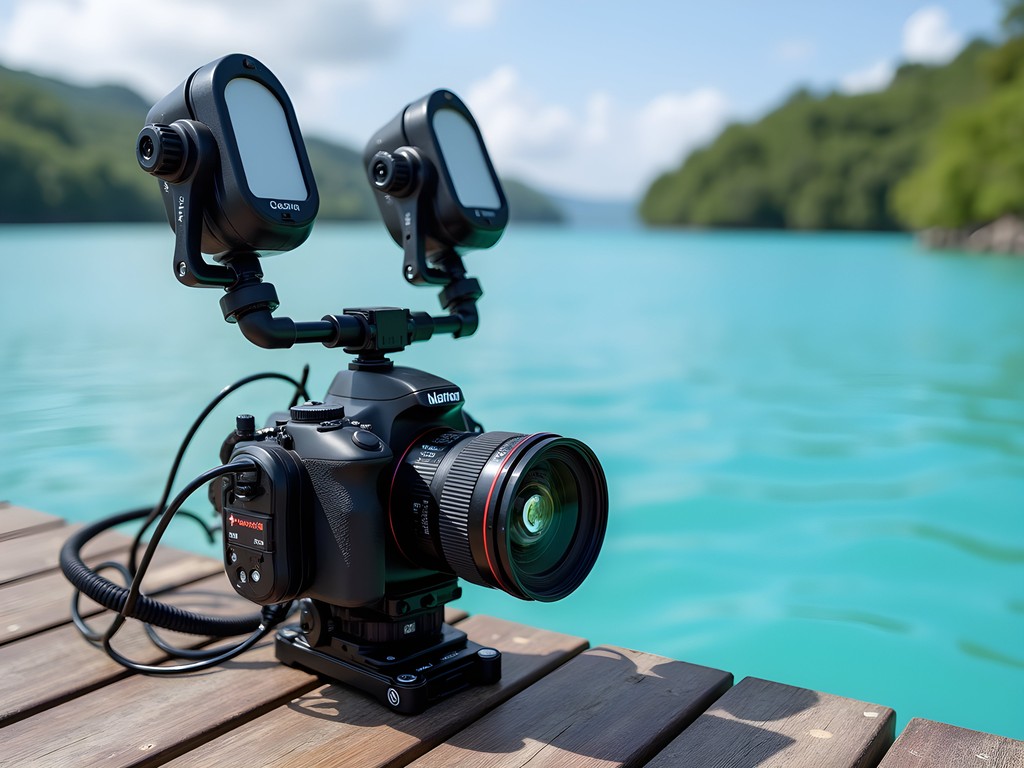
💡 Pro Tips
- Always carry spare O-rings and silicone grease for housing maintenance
- Pack extra batteries and memory cards—you'll shoot more than you expect
- Use a neoprene cover for your housing during surface intervals to prevent overheating
Mastering Lighting Techniques
Underwater lighting follows rules entirely different from terrestrial photography. In Raja Ampat's waters, even at 5 meters depth, reds begin to disappear, leaving images with a blue-green cast unless properly lit.
Position your strobes wide to avoid backscatter—those annoying particles that appear like white snow in your images. In areas with heavy particulate matter, sometimes turning off one strobe and shooting at a 45-degree angle produces cleaner results. I learned this technique after a frustrating day at Manta Sandy where my initial images looked like underwater blizzards rather than manta ray encounters.
For wide-angle reef scenes, I often use a technique called 'shooting into the sun' where you position yourself with the sun behind your subject. This creates stunning sunbursts and silhouettes that add dimension to coral reef landscapes. The red filter has been invaluable for these shots when I want to capture ambient light scenes without strobe.
When photographing Raja Ampat's famous schooling fish, patience and positioning are everything. Find your spot, establish neutral buoyancy (crucial for stability), and wait for the school to envelop you. The dive computer helps me maximize bottom time while staying within safety limits—essential when waiting for that perfect shot.
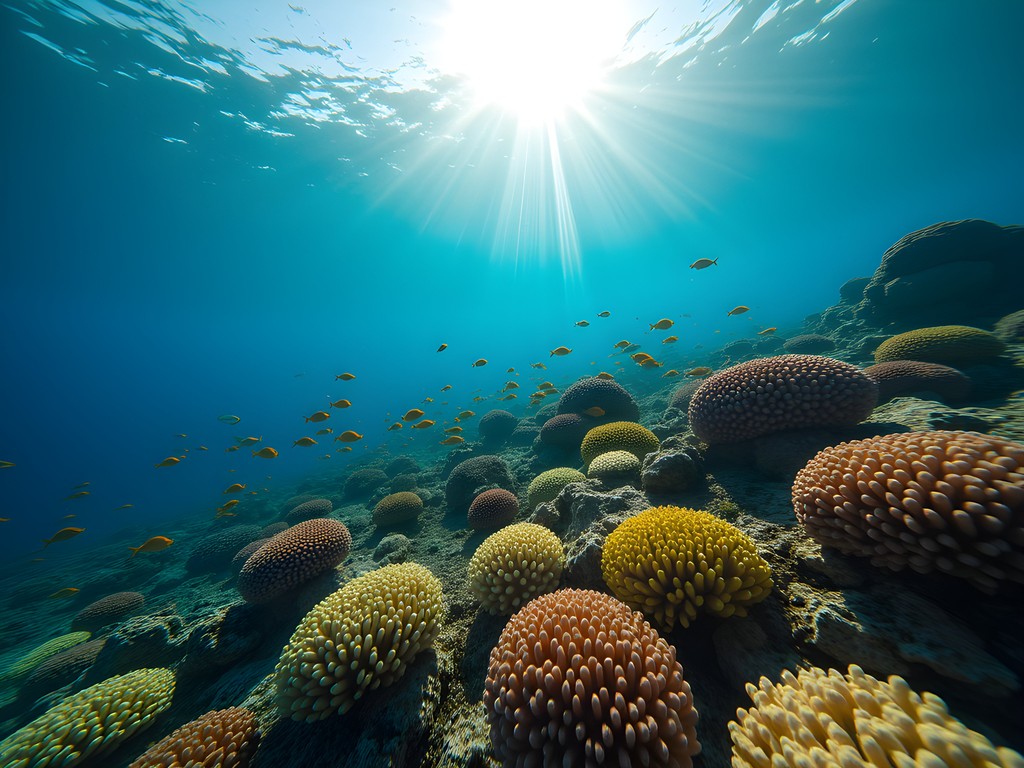
💡 Pro Tips
- Position strobes at 10 and 2 o'clock to minimize backscatter
- Use half-power on strobes for close subjects to avoid overexposure
- For sunbursts, use apertures of f/16 or smaller
Macro Photography: Capturing Raja Ampat's Hidden Treasures
Raja Ampat's reputation for biodiversity truly shines in its macro subjects. Pygmy seahorses no larger than your fingernail hide in seafans, while flamboyant nudibranchs parade across coral in a riot of colors that would make any crime scene investigator appreciate nature's attention to detail.
For these subjects, I switch to a dedicated macro lens with my focus light which helps tremendously with focusing in the dim conditions where many macro subjects hide. The snoot attachment creates a spotlight effect that isolates your subject against a black background—a technique called 'black water photography' that's particularly effective for translucent creatures.
Patience is paramount in macro photography. I once spent 45 minutes with a single pygmy seahorse, waiting for it to turn and face my lens. My detective training served me well here—the stakeout mentality translates perfectly to underwater macro photography.
Buoyancy control becomes even more critical at this level. The buoyancy compensator allows for micro-adjustments that help maintain the perfect position without disturbing delicate subjects. Remember that in Raja Ampat, many macro subjects live on living coral—damaging habitat for a photograph is never acceptable.
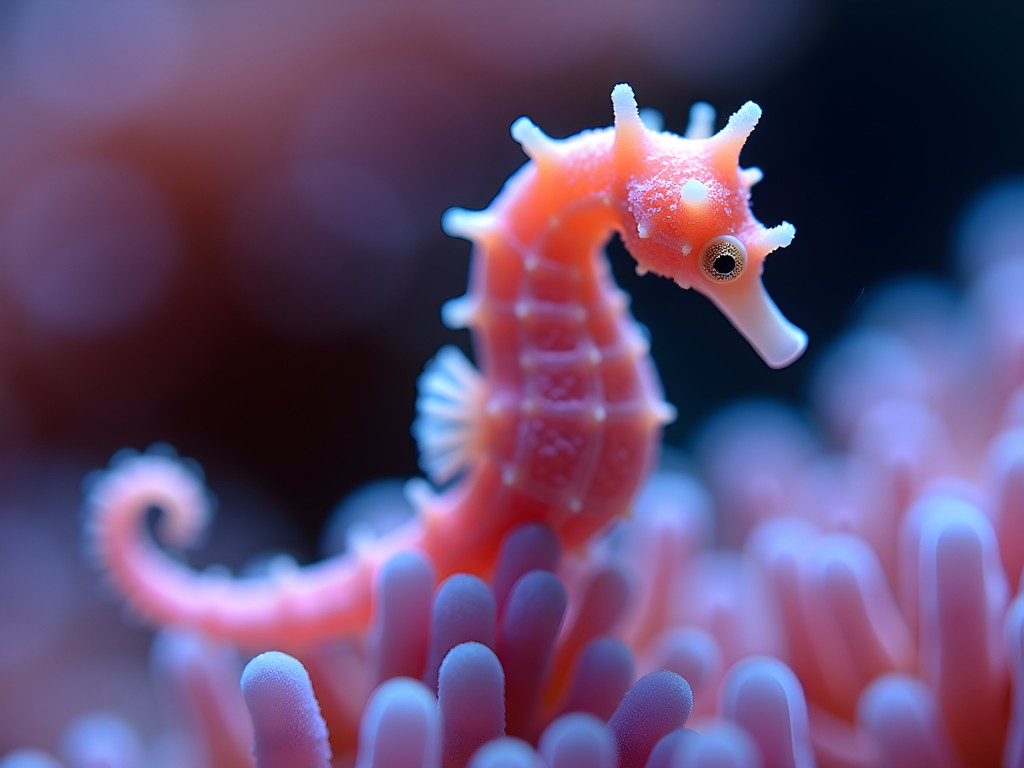
💡 Pro Tips
- Use the highest shutter speed your strobe synchronization allows to freeze tiny movements
- Look for cleaning stations where small creatures congregate
- For super macro subjects, try 'focus stacking' techniques with multiple images
Wide-Angle Techniques for Reef Landscapes
Raja Ampat's reefs are architectural masterpieces that demand wide-angle treatment. The challenge lies in capturing both the grand scale and the intricate details in a single frame.
I approach reef photography like I would document a crime scene—establishing shots first, then moving closer for details. Start with a reef scene showing the topography, then move in to capture coral formations, and finally focus on the reef inhabitants.
A fisheye lens is invaluable here, but brings distortion challenges. Keep horizons centered in your frame to minimize bending, and avoid placing key subjects at the edges where distortion is most pronounced. The dome port for your housing is worth the investment for wide-angle work, as it minimizes distortion and refraction.
For split shots (half above, half below water), calm conditions are essential. Early morning dives before the wind picks up provide the best opportunity. The mask defog works equally well on dome ports—I apply it before each dive to prevent fogging that can ruin these technical shots.
When photographing Raja Ampat's famous jetties with schooling fish beneath, I've found that a slow approach and controlled breathing make all the difference. Fish are less likely to scatter if you move deliberately and release small, controlled bubbles rather than large bursts.
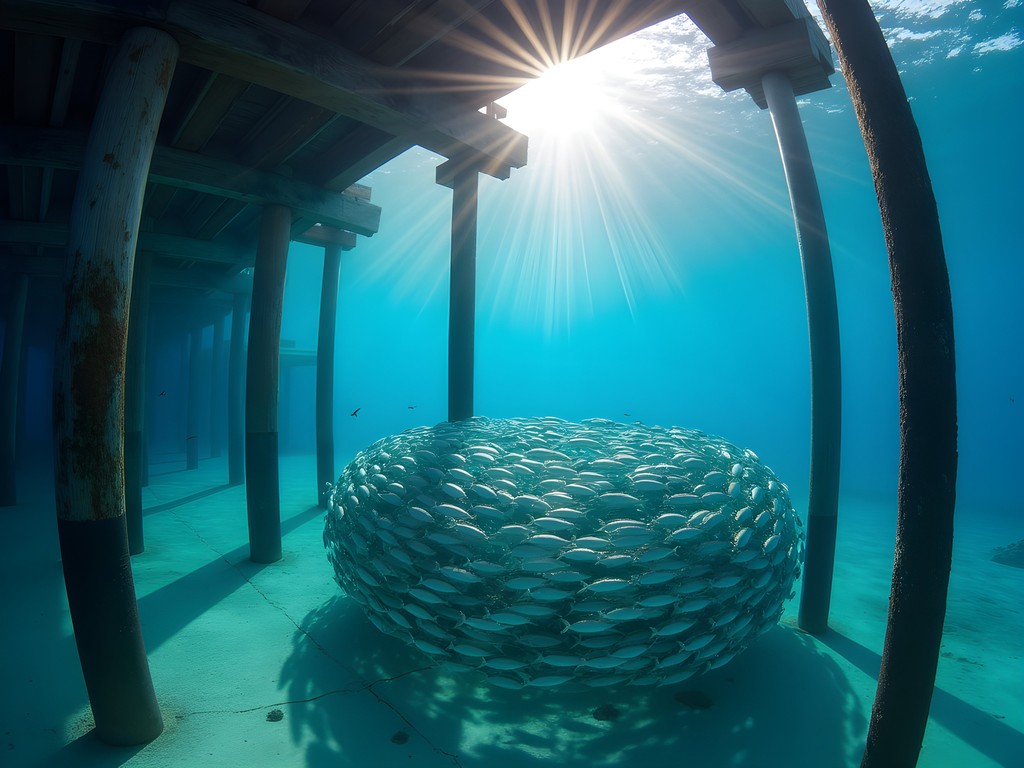
💡 Pro Tips
- Use a mini dome port for split shots in choppy conditions
- Include a diver in wide reef scenes to provide scale
- Shoot upward toward the surface to capture light rays penetrating the water
Planning Your Raja Ampat Photography Expedition
Raja Ampat isn't a destination you visit on a whim. As a detective, I appreciate thorough planning, and my photography expeditions here are no exception.
Liveaboard vessels offer the most comprehensive access to Raja Ampat's premier dive sites. After researching extensively, I chose the dry bag to protect my gear during transfers between ship and smaller boats. The region's sudden rain showers make waterproof protection essential even above water.
For land-based stays, Misool Eco Resort and Papua Paradise offer dedicated camera rooms and photography-focused services. Their dive guides understand photographers' needs—a crucial consideration when you're trying to capture specific subjects.
My husband and I typically visit during the November to March period when visibility is optimal (20-30 meters) and marine life activity peaks. The dive logbook helps me track sites, conditions, and camera settings—creating a valuable reference for future trips.
Bring redundancy in critical equipment. My backup underwater torch has saved numerous dives when primary lights failed. In remote locations like Raja Ampat, there's no camera shop around the corner if something breaks.

💡 Pro Tips
- Book with operators that cater specifically to photographers
- Request nitrox certification before your trip for extended bottom time
- Pack critical spare parts like O-rings, sync cords, and strobe batteries
Final Thoughts
Raja Ampat challenged and rewarded my photographer's eye in ways no other destination has matched. The precision required to capture its underwater wonders mirrors the methodical approach I've honed through years of detective work—observation, patience, and attention to the smallest details yield the most compelling results. Whether you're documenting pygmy seahorses hiding in plain sight or vast schools of fish moving in hypnotic unison, these waters demand technical excellence and respect for the environment you're privileged to photograph. As you plan your own underwater photography expedition to this remarkable corner of Indonesia, remember that your images aren't just souvenirs—they're evidence of one of our planet's last pristine marine ecosystems, worthy of our protection and admiration. The skills you develop photographing Raja Ampat will transform your underwater photography regardless of where you dive next. Like any good investigation, the journey of improvement never truly ends—there's always another layer of mastery waiting beneath the surface.
✨ Key Takeaways
- Invest in quality underwater housing and lighting equipment for optimal results
- Master both macro and wide-angle techniques to capture Raja Ampat's full range of subjects
- Visit during November-March for optimal visibility and marine life activity
- Prioritize operators who understand photographers' specific needs
- Practice proper buoyancy control to protect the delicate ecosystem while shooting
📋 Practical Information
Best Time to Visit
November to March (dry season with best visibility)
Budget Estimate
$5,000-$8,000 for a 10-14 day trip including liveaboard or resort stay
Recommended Duration
10-14 days minimum
Difficulty Level
Challenging
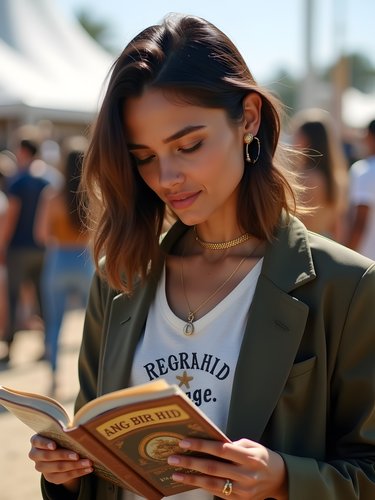



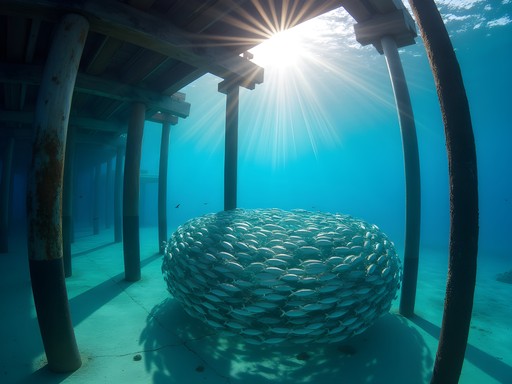











Comments
wanderbuddy
OMG your photos make me want to book a flight RIGHT NOW!! 😍 I've never tried underwater photography but you make it sound so exciting! The way you described using your crime scene skills for finding tiny creatures is so cool. Did you stay on a liveaboard or at a resort? Planning my dream trip!
Ingrid Garcia
Thank you! I split my time - 7 days on a liveaboard to reach the remote sites, then 5 days at a resort in Misool. If you can swing it, I'd recommend that combo for the best experience!
wanderbuddy
That sounds perfect! Adding this to my 2026 travel plans for sure. Thanks for the inspiration!
globeninja
Just got back from Raja Ampat myself and WOW what a place! Your section on wide-angle techniques saved my shots - I was struggling with the blue water backgrounds until I read your post. The tip about positioning yourself below subjects to capture that gorgeous blue gradient was game-changing! I'm nowhere near your level but got some decent shots of the reef landscapes. Still working on my buoyancy control though - kicked up sand more times than I'd like to admit! 😅
coffeeseeker
How many dives did you do there? I'm planning my trip now and trying to figure out how many days I need.
globeninja
I did 14 dives over 7 days and it wasn't nearly enough! If photography is your focus, I'd recommend at least 10 days. Some sites you'll want to revisit at different times of day for the best light.
Jose McDonald
OMG Ingrid! Your post is giving me LIFE! I was in Raja Ampat last year and it completely changed me as an underwater photographer! Those lighting tips about shooting during the 'golden hours' underwater are SO spot on - I learned that the hard way after getting flat, boring shots my first few dives. The biodiversity there is INSANE - did you get to see any manta rays at cleaning stations? I spent an entire dive just watching them circle above me - pure magic! Your macro shots are making me want to book another trip ASAP! 🤿📸✨
Ingrid Garcia
Thanks Jose! Yes, I had an incredible manta experience at Manta Sandy! Spent almost an hour with a group of 6 mantas. The key was staying patient and not chasing them - something my crime scene work taught me well haha!
Jose McDonald
Manta Sandy is THE SPOT! And yes - patience underwater is everything! Crime scene investigation skills coming in clutch for wildlife photography is such a cool crossover!
cityclimber
Great post! I'm heading to Raja Ampat in November. Total beginner with underwater photography. Is it worth buying gear or just renting there?
wanderbuddy
Not the author but I was there last year as a beginner! If you're not sure about the hobby yet, most liveaboards and resorts have rental gear. Start simple with a good underwater housing for whatever camera you already have.
Ingrid Garcia
Wanderbuddy's advice is spot on. Start with a rental to see if you enjoy it. If you do want to buy, a simple setup with a good housing and a single strobe is plenty to start with. The key is practice, not expensive gear!
coffeeseeker
I'm heading to Raja Ampat in October but I'm a photography newbie. What underwater camera would you recommend for a beginner who doesn't want to spend thousands?
Ingrid Garcia
For beginners, I'd recommend starting with a good quality underwater compact like the Olympus TG-6 or a GoPro with underwater housing. Both are relatively affordable and can handle depths up to 15m without additional housing. Raja Ampat has incredible visibility, so you'll get great shots even with entry-level gear!
islandzone
Your shots are incredible! That pygmy seahorse closeup is insane - how did you even spot that tiny thing?
Ingrid Garcia
Thanks! Years of crime scene investigation training helps with spotting tiny details! Those little guys are only about 2cm long and perfectly camouflaged with the sea fans.
islandzone
Crime scene investigation to underwater photography is quite the career pivot! Makes sense though - both require an eye for detail.
Timothy Jenkins
Brilliant article, Ingrid! Your transition from crime scene analysis to underwater photography is fascinating. I visited Raja Ampat last year but struggled with my lighting setup. The wide-angle techniques you described for capturing the reef landscapes would have saved me so much frustration! I found that my underwater strobe was essential but positioning was everything. Did you find yourself adjusting settings constantly between dives at different sites? The biodiversity variation between Misool and Dampier Strait required completely different approaches for me.
Ingrid Garcia
Thanks Timothy! Yes, absolutely had to adjust between sites. Misool's softer light required different settings than the variable conditions in Dampier. I kept a dive log with all my settings for each site - game changer for repeat dives!
escapeadventurer
Those macro shots are incredible! The pygmy seahorse detail is mind-blowing. How close did you have to get?
Ingrid Garcia
Thanks! For the pygmy seahorse, I was about 6 inches away with a 100mm macro lens and diopter. They're tiny (about the size of your fingernail) so patience is key!
escapeadventurer
Wow, that's impressive! Your forensics background really shows in the attention to detail.
Jean Wells
After 30+ years of underwater photography, I still learned new techniques from this post. Ingrid's analysis of how to manage the challenging light conditions in Raja Ampat's varied dive sites is spot-on. I've found that the morning light at Melissa's Garden creates that perfect balance for wide-angle reef scenes, while the afternoon sun at Manta Sandy can create interesting shadow play with the mantas. For those struggling with the blue cast in their photos, remember that water absorbs red light first - the deeper you go, the more crucial proper strobe positioning becomes. I'd add that bringing backup O-rings for your housing is absolutely essential in remote locations like this. Nothing worse than having to sit out dives due to equipment issues when you've traveled so far.
citystar
The colors in these photos are incredible! How much post-processing did you do? They look so vibrant but still natural!
Venture X
Premium card with 2X miles, $300 travel credit, Priority Pass